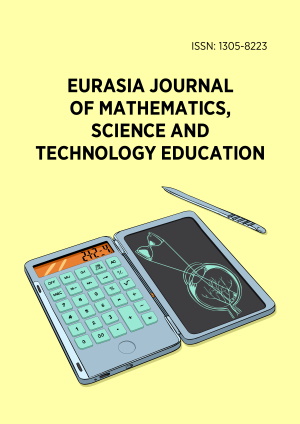Abstract
Enhancing students’ mathematical literacy requires coordinated efforts to strengthen teachers’ roles and competencies in mathematics instruction through the integration of technology. The mathematical literacy of prospective mathematics teachers on Kalimantan is reported to be limited. Developing digital literacy is essential for these future educators to recognize and address their limitations in technology usage and digital competencies. This study aims to identify valid and reliable instruments for measuring both mathematical and digital literacy, to examine potential differences in these competencies between male and female pre-service mathematics teachers, and to explore the relationship between mathematical and digital literacy. Employing a quantitative research methodology, this study combines descriptive analysis and Rasch analysis to assess instrument validity and reliability. Furthermore, inferential statistics are utilized to investigate correlations and regression relationships between variables within a cross-sectional design framework. The sample comprises 303 pre-service mathematics teachers who are undergraduate students in Kalimantan, Indonesia. Data analysis was conducted using SPSS-27, with descriptive statistics summarizing participant demographics and inferential statistics, including t-tests, applied to examine gender differences. Effect sizes were calculated using Cohen’s d. The findings indicate high item reliability for both the mathematical literacy test (0.93) and the digital literacy test (0.87), confirming that each instrument consistently measured the intended constructs. Additionally, no statistically significant differences were found between male and female pre-service mathematics teachers across the tested domains. This result underscores a lack of a strong, significant relationship between mathematical and digital literacy, as well as within the subscales of digital literacy.
License
This is an open access article distributed under the Creative Commons Attribution License which permits unrestricted use, distribution, and reproduction in any medium, provided the original work is properly cited.
Article Type: Research Article
EURASIA J Math Sci Tech Ed, Volume 21, Issue 5, May 2025, Article No: em2635
https://doi.org/10.29333/ejmste/16392
Publication date: 20 May 2025
Article Views: 3231
Article Downloads: 2058
Open Access References How to cite this article
 Full Text (PDF)
Full Text (PDF)